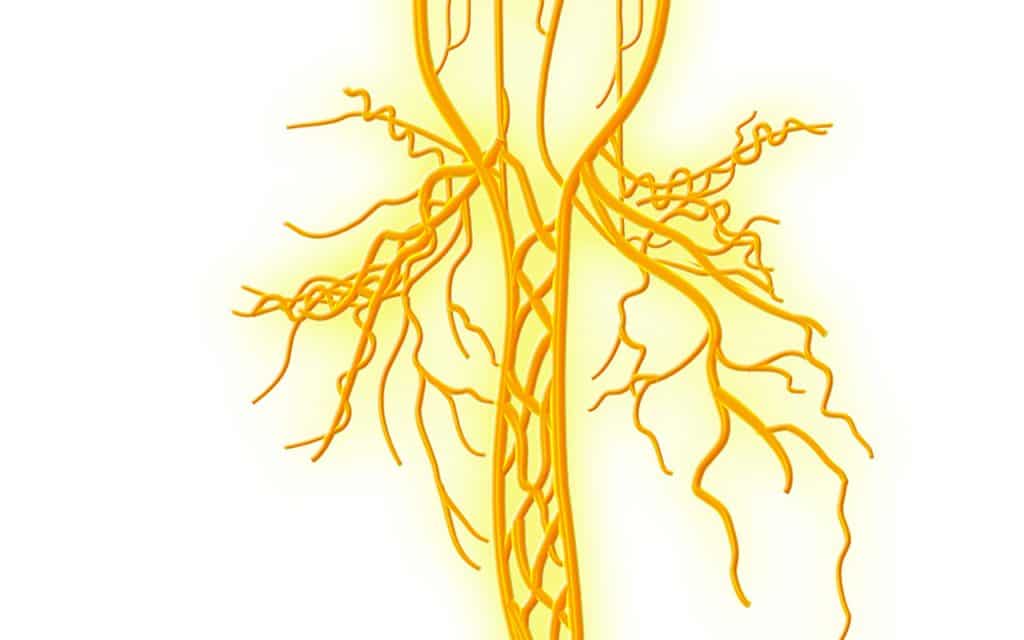
Amanda Roe: Acupuncture and Clinical Hypnotherapist.
Call 087 6331898
Email: amanda@roehealth.ie
Studies are reporting that 25 to 45 per cent of women experience some degree of urinary incontinence (UI), however it is actually believed to affect more women than this, due to under reporting. Many women are embarrassed to talk about the loss of their bladder control, they may fear the stigma attached to the diagnosis, or fear treatment will involve invasive procedures or surgery, which they are not ready for. We are told that pregnancy, childbirth, diabetes and increased body mass are associated with an increased risk of urinary incontinence, so it is understandable that some may think that UI is just a natural part of life, but this belief leads them to accept the condition rather than be proactive to avoid it.
The reality is that UI affects women of all ages, even young fit women who have never had children. Athletes are at greatest risk. In fact one study found that athletes were three times as likely to leak, as women who did little or no exercise, and women who run, jump rope, power lift or do CrossFit trigger rates of incontinence more than other activities.
But how can this affect young, strong women? The reality is that leaking is a symptom of weak pelvic floor and core muscles that are deeper than the rectus abdominis muscles that make up the six-pack. Women’s training regimes should be designed to include these muscle groups whilst training and they are not.
Within the Chinese Taoist traditions, pelvic floor exercises are taught to young women after menarche, so they develop strong muscles that support obstetric health, sexual pleasure and core strength from an early age. In the west most women are not aware of the significance of pelvic floor health until they have had children or a problem develops.
The common advice to “do your Kegels” is often not targeted enough to treat incontinence but pelvic floor rehabilitation is possible and it is never too late to find holistic solutions that will treat incontinence and restore bladder health. Working with a women’s health expert who understands the complexity of rehabilitating the pelvic floor will help to speed this process up for you.
Solutions include retraining your deep core and pelvic floor muscles to work in harmony with your breath 24/7. Ten minutes a day can make a huge difference and is worthwhile as it is important to have strong core and pelvic floor muscles, whether you’re lifting a child, a chair, or heavy weight. Training is about consistency, and strengthening these muscles can take time if there is atrophy, prolapse or incontinence. This is where pelvic floor acupuncture is very helpful, as it can accelerate recovery.
Pelvic floor acupuncture promotes blood circulation in the pelvis and stimulates the nerve pathways that control the bladder and pelvic floor muscles to strengthen the pelvic muscles. This reduces leakage with coughing, sneezing or exertion and calms an overactive bladder by
regulating the nerve signals that cause urgent and frequent urination. Improved circulation supports tissue regeneration and reduces inflammation. Acupuncture will also support hormone regulation and reduce stress and anxiety making it a complementary therapy alongside pelvic floor exercises.
Although incontinence is currently affecting one in four women but there is lots that can be done to reduce these figures.
If you’re interested in prevention or rehabilitation get in touch, as Amanda will tailor a personalised solution to suit you.
Amanda Roe is a Clinical Hypnotherapist, Acupuncturist and Herbalist specialising in Women’s Holistic Health. She uses a range of therapies including dietary guidance to optimise fertility and obstetric health whilst also supporting recovery from trauma, eating disorders and other mind/ body illness. For more information or to book a consultation visit www.roehealth.ie or call/text Amanda on: 087 6331898


